Sr.No |
Description |
Composition |
Picture |
01 |
Cadmium Pellets
Electroplated cadmium is a robust and versatile metallic coating. Cadmium is a soft white metal that, when plated onto steel, cast iron, malleable iron, copper, and powdered metal, functions as a “sacrificial coating,” corroding before the substrate material. The 5-20 Mesh size offers increased surface area for plating.
Forms:
|
|
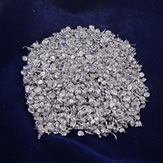
|
02 |
99.9% Cobalt
Cobalt is a brittle, hard, transition metal with magnetic properties similar to those of iron. Cobalt is used in the preparation of magnetic, wear-resistant, strength at high temperature, and high-strength alloys.
Forms:
- 2" and Down Broken Cathodes
- 1" x 1" Squares
|
|
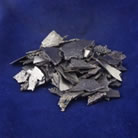
|
03 |
High Grade 99.85% Minimum Antimony
Antimony in its stable form is a blue-white metallic element, with an atomic mass of 121.76g/mol. It melts at 1167°F (630°C) and makes a rather effective semiconductor. Although it looks metallic, antimony does not have the same chemical responses as a true metal. Antimony is also often added to lead to make the lead stronger.
Antimony is used in many different contexts in industry, including some medicines, lead-free solders, bullets, batteries, plumbing, and matches. It has been used in a naturally occurring form for thousands of years, primarily as a medicine, as small amounts can kill certain parasites without compromising the health of the recipient. Antimony in a compound form also has impressive flame-retarding properties, and as a result is used to treat such things as seat covers, toys, and children’s clothing.
Forms:
|
|
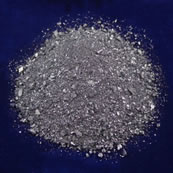
|
04 |
99% Titanium
Titanium Granules are used most often as an alloying element with many metals including Aluminum, Molybdenum and Iron. It is a very strong, low-density metal that is commonly used to alloy aircraft metals for their low weight, strength and high temperature stability.
Forms:
|
|
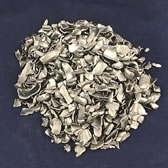
|
05 |
99.9% Electrolytic Manganese
Manganese Flakes are mainly known for its use in alloying with steel and for making additions to alloys that require Manganese. It can also be alloyed with other metals such as Aluminum, Antimony or Copper to form highly ferromagnetic materials.
Forms:
|
|
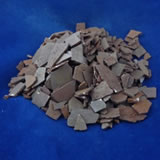
|
06 |
Manganese Powder
Approximately 90% of Manganese Powder is used in the steel industry as Manganese is made into steel alloys. One of the best known alloys of Manganese Powder is Ferromanganese which includes up to 48% Manganese mixed with Carbon and Iron. It is also used to produce Siliconmanganese as well which is used in springs for structural components.
Forms:
|
|
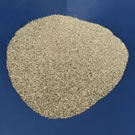 |
07 |
99.8% Magnesium
A light, silvery-white metal which used very often for additions into various alloys as well as for pyrotechnics and producing structural alloys.
Forms:
- 1.3" Dia. X 12" Long Sticks
- Ingot
|
|
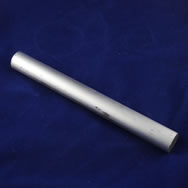
|
08 |
98.5% Silicon Lumps
Our Silicon Lumps are crushed down to a more manageable size of 1″ & down. It has a blue-grey metallic luster look to it and is used commonly in semiconductor electronics, transistors and integrated circuits. It is also used to produce various alloys with the most common being Ferrosilicon. Silicon lumps are also used quite often in steel refining and in the Aluminum alloy casting industry. Silicon is the single most important additive to Aluminum to improve its casting properties.
Forms:
- 1" x 12 Mesh Metal Lumps
- Powder
|
|
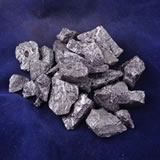
|
09 |
99% Chromium
Chromium is a steely-gray, lustrous metal which is hard and brittle with a high melting point. Chromium Powder is mainly used in the production of infiltrated and sintered chromium copper switch contacts in both the high and medium voltage range.
Forms:
- 2" and Down Lumps
- 100 Mesh Powder
|
|
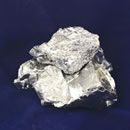
|
10 |
98.7% Calcium
The largest use of Calcium in forms such as our broken crowns is for steelmaking as it improves castability, cleanliness and mechanical properties. It is also used to strengthen Aluminum Alloys and in the production of automotive batteries.
Forms:
5" & Down Mixed Cut Crowns |
|
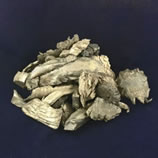
|
11 |
99.5% Minimum Tellurium
Tellurium Ingots are primarily used in Copper and Steel alloys where it approves machinability. It is used as pigments for ceramics and also in the production of Thermoelectric devices.
Forms:
|
|
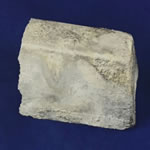
|










